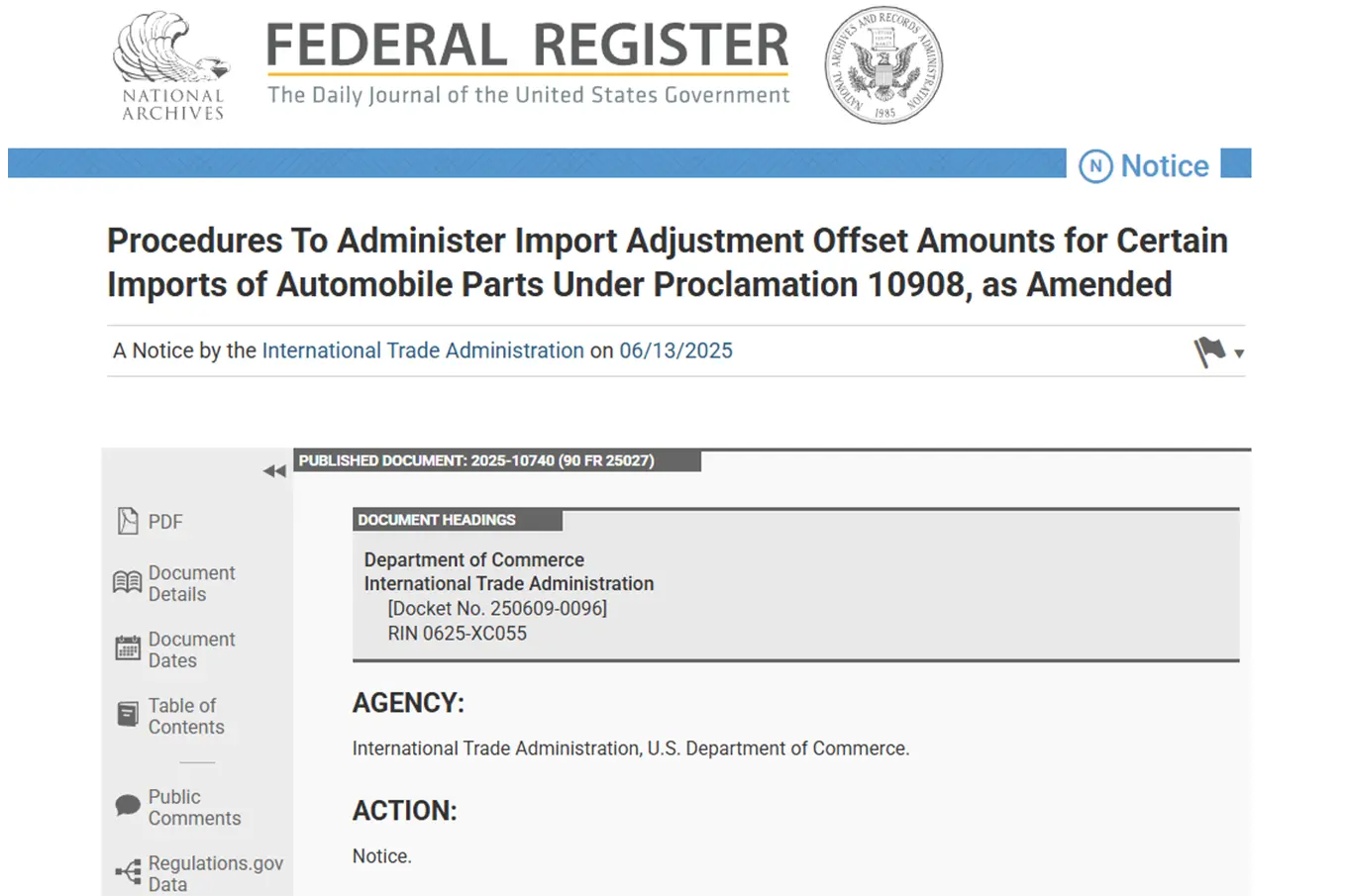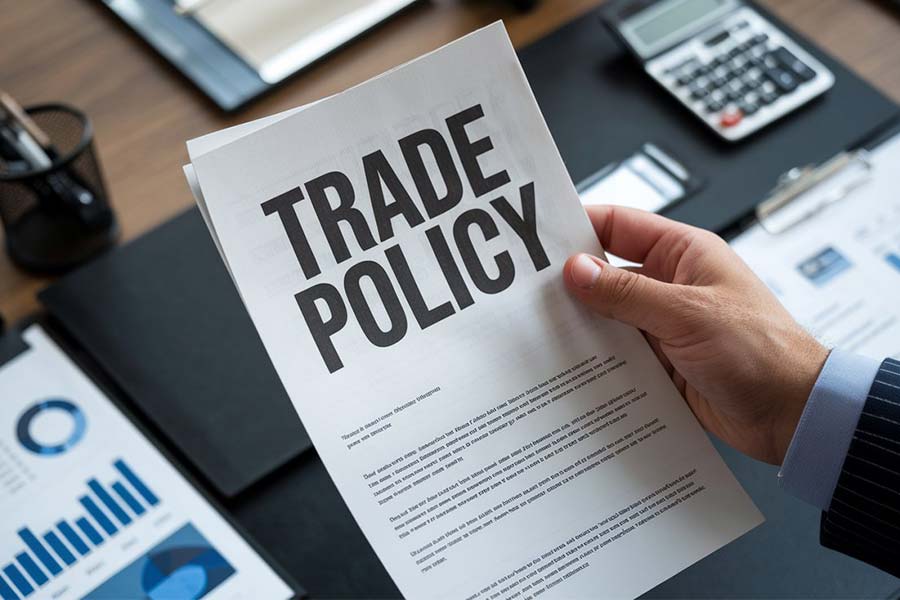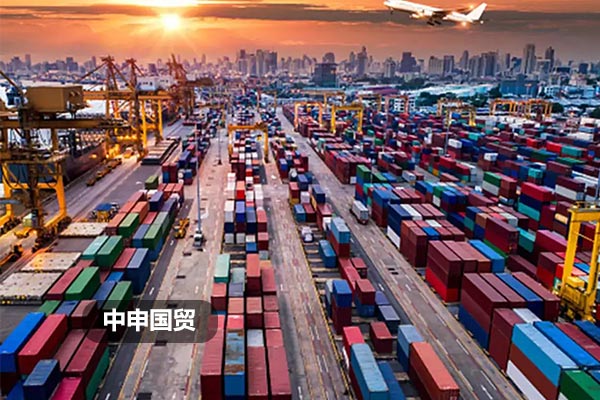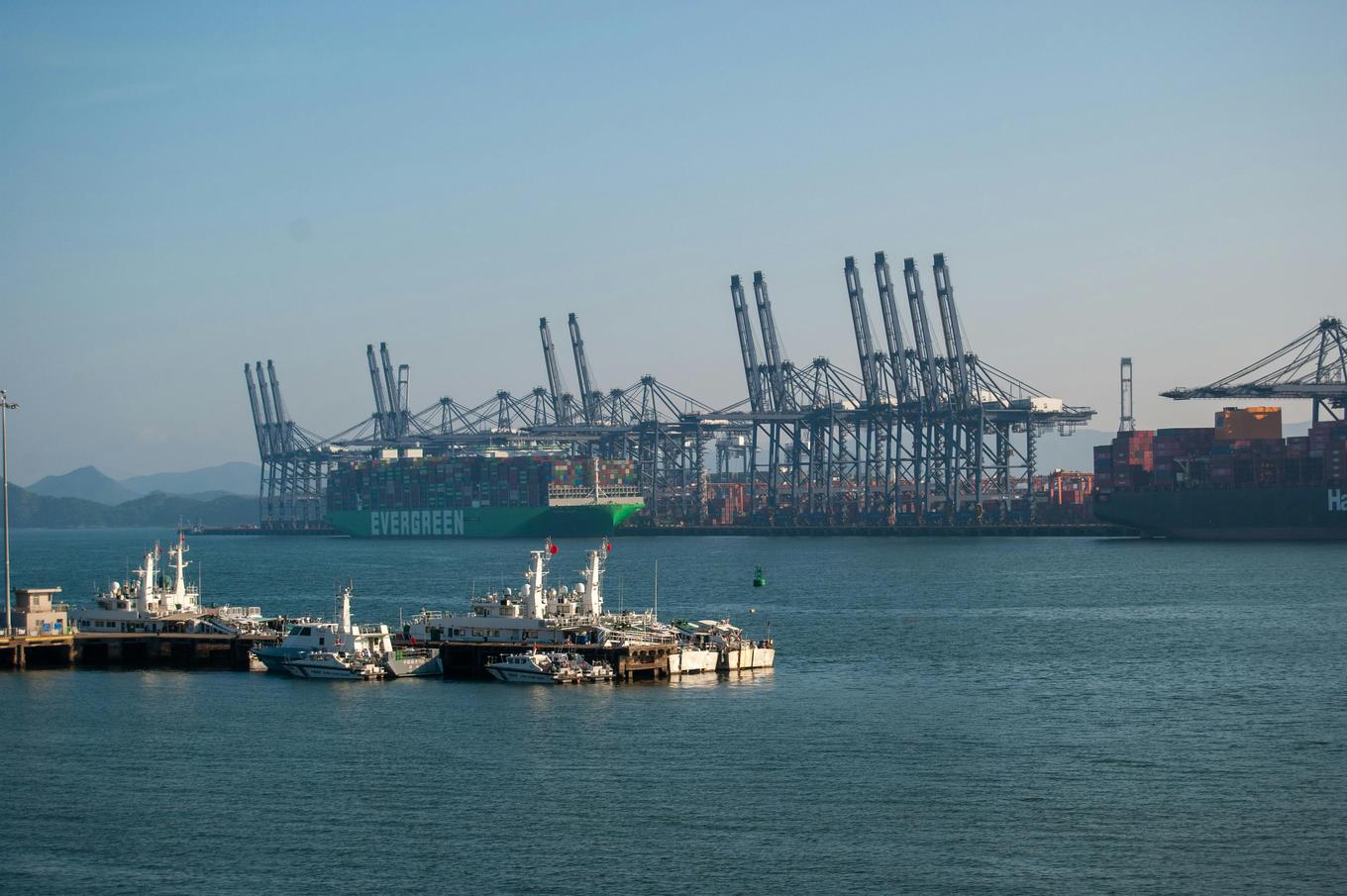- Shanghai Zhongshen International Trade Co., Ltd. - Two decades of trade agency expertise.
- Service Hotline: 139 1787 2118
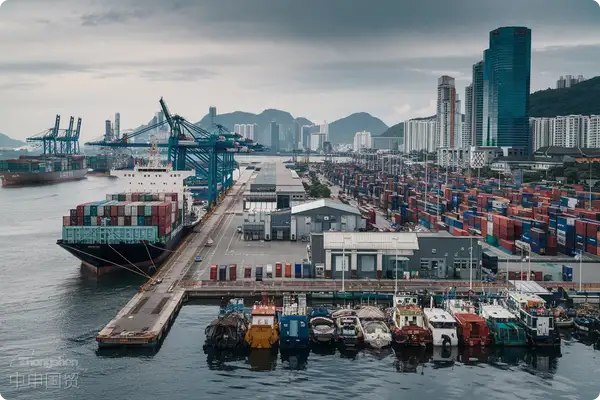
SpecialEquipment ImportsThe three major pain points of the industry
According to the data of the General Administration of Customs 2025第一季度, the number of cases of illegal imports of special equipment has increased by 18% year - on - year. Among themPressure vessels, lifting machinery, and elevator equipmentHave become high - incidence problem categories. Enterprises often fall into the following dilemmas:
- There may be differences in technical standards for electromechanical equipment in different countries. The agency company should have an in - depth understanding of domestic and foreign technical standards. When purchasing equipment, it is necessary to ensure that the imported electromechanical equipment meets domestic usage requirements. This may require negotiating with the supplier to adjust the equipment or provide additional technical support. For example, there may be differences in electrical safety standards between China and some European countries, and the agency company has to coordinate with the supplier to ensure that the equipment can meet the electrical safety requirements of domestic enterprises.: Parameter conversion errors between EU CE certification and domestic TSG standards
- Regulatory certificates are complex: Need to handle CCC certification, pressure vessel manufacturing license, and safety performance supervision and inspection certificate simultaneously
- The inspection process is cumbersome.: The dual inspection mechanism of initial inspection at the port of entry + reinspection at the place of destination takes more than 45 days.
Breakdown of key nodes in the entire customs clearance process
Based on the revised version of the Special Equipment Safety Law implemented in 2025, the standardized process should include:
- Qualification review stage
- Check whether the equipment is in the latest version of the Special Equipment Catalog.
- Confirm the registration and filing status of overseas manufacturers in China.
- Declaration preparation stage
- Production of a Chinese-English bilingual version of safety technical specifications
- Pressure vessels need to provide a welding procedure qualification report.
- On-site inspection stage
- Verification of the compliance of appearance and documents at the port of entry
- Functional testing of safety protection devices at the place of destination
Risk prevention and control under the new policy in 2025
The General Administration of Customs Announcement No. 58 adds two new regulatory requirements:
- Mandatory installation of elevator equipmentIntelligent monitoring module
- Lifting machinery needs to provideFull life cycle maintenance records
It is recommended that enterprises make three preparations in advance:
- Add in the procurement contractTechnical clause compliance guarantee clause
- Reserve 15% of the cargo value forTechnical rectification guarantee deposit
- Establish a traceability system forImported equipment parts
The golden standard for choosing agency services
Qualified agent institutions should possess:
- Case library for special equipment operation(It is recommended to request to view customs clearance cases of the same category in the past three years)
- Emergency handling capability matrix: Including pre-communication with the local customs, rapid response of third-party testing institutions, etc.
- Risk guarantee: Clause for compensation of demurrage charges caused by declaration errors
Analysis of practical cases
Import by a German - funded enterpriseLaser cutting equipmentEncountered classification disputes:
- Problem discovery: The customs questioned the applicability of the HS codes for 8413.70 and 8456.10
- Response Strategies: Provide German TüV certification documents + customs clearance records of similar equipment
- Handling results: The HS code was corrected within 3 working days, avoiding the withholding of a 120,000 - yuan deposit
Industry trend preview (2025-2027)
According to the updated content of the RCEP implementation rules:
- Special equipment in ASEAN member states will implementThe mutual recognition list system
- Pressure vessel inspection reportCross - border transmission of electronic dataPilot launch
- EstablishCredit file of special equipment importersHierarchical management system
Related Recommendations
? 2025. All Rights Reserved. Shanghai ICP No. 2023007705-2  PSB Record: Shanghai No.31011502009912
PSB Record: Shanghai No.31011502009912

